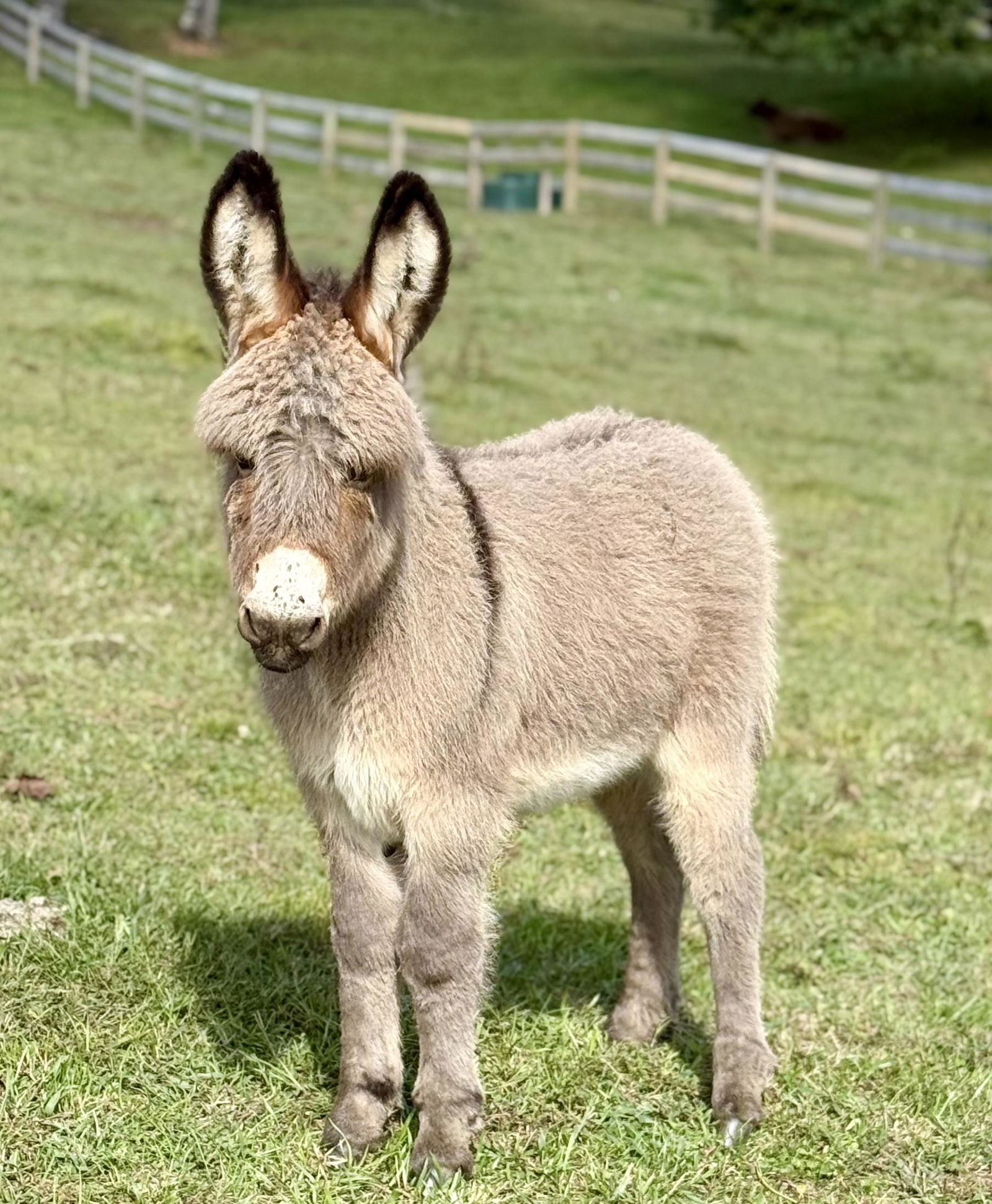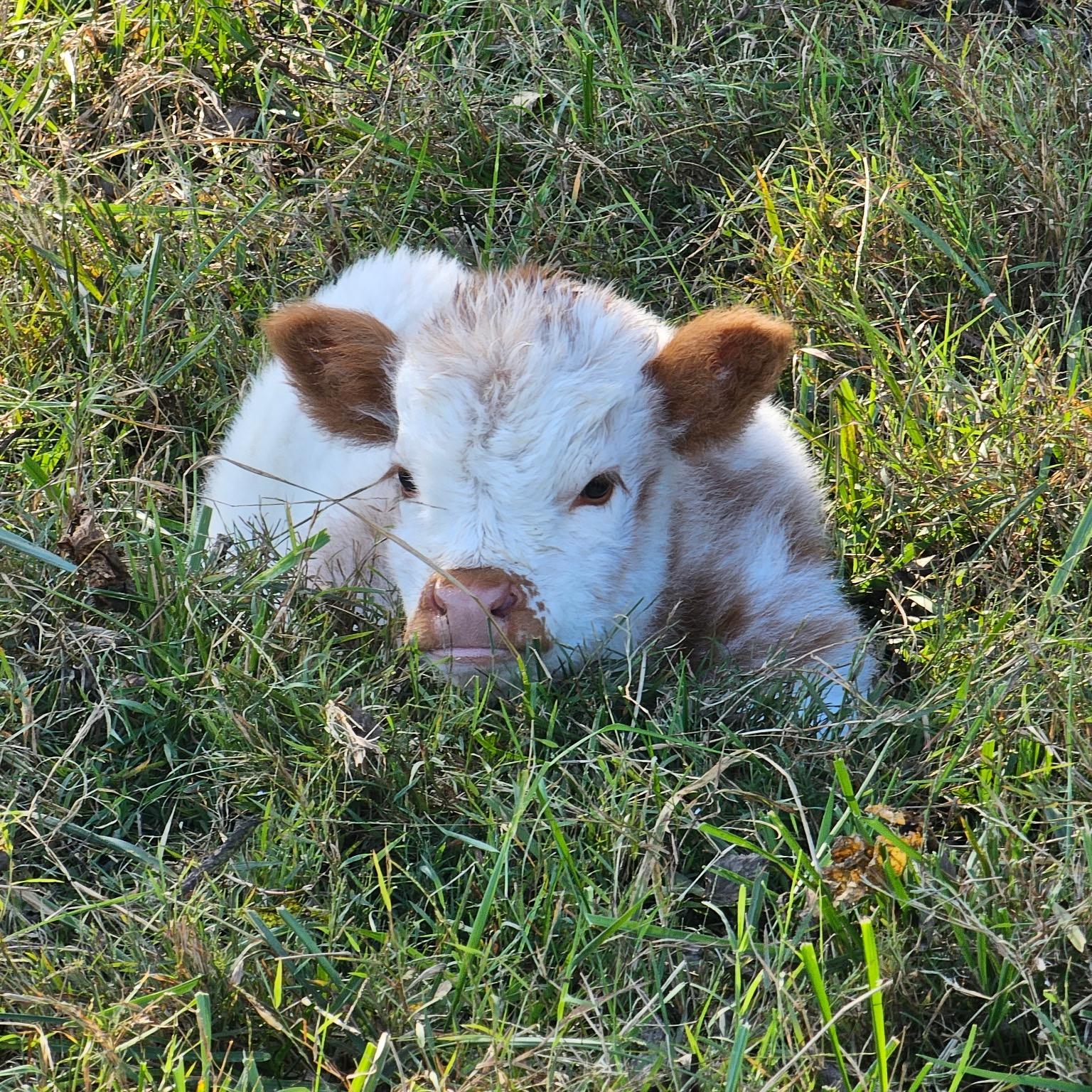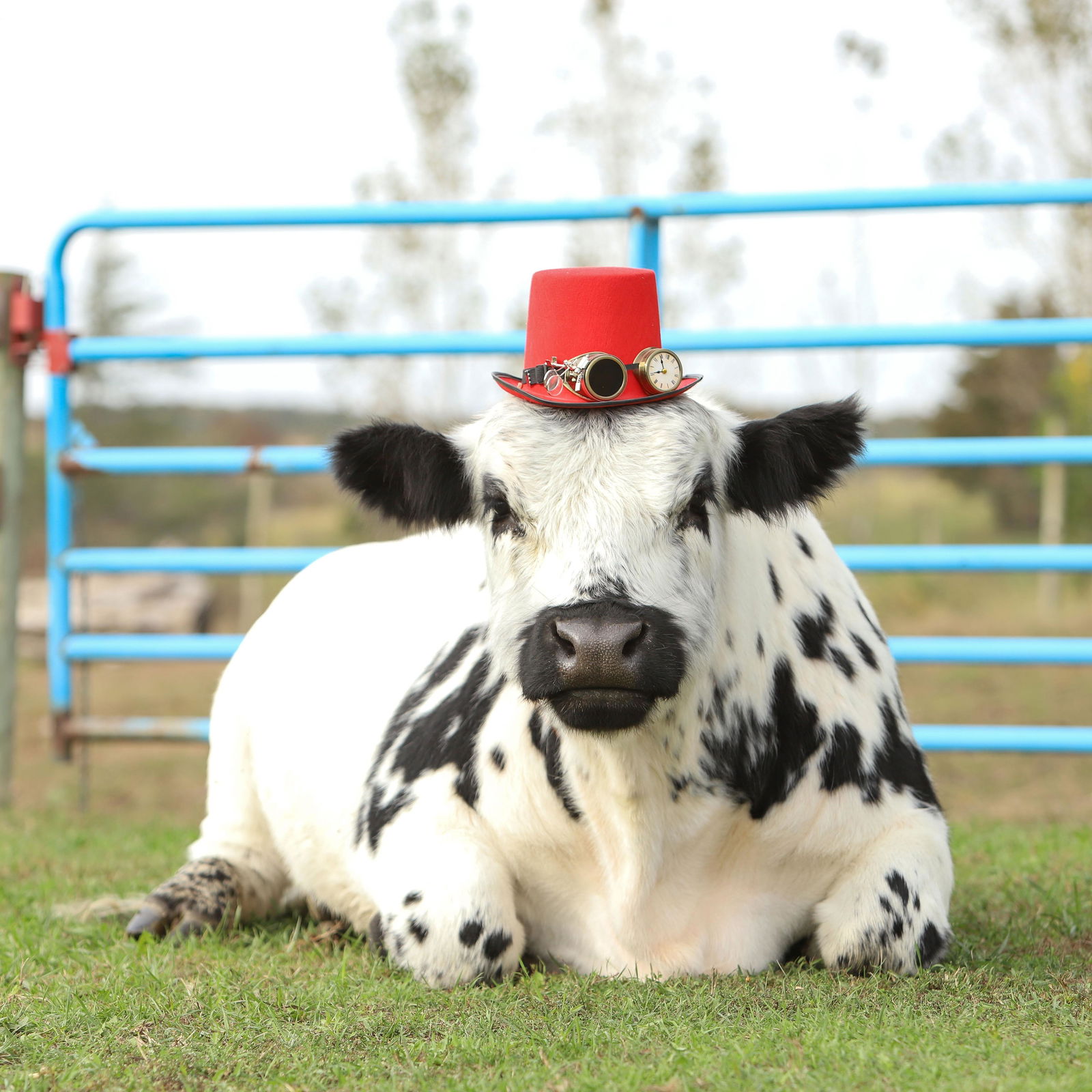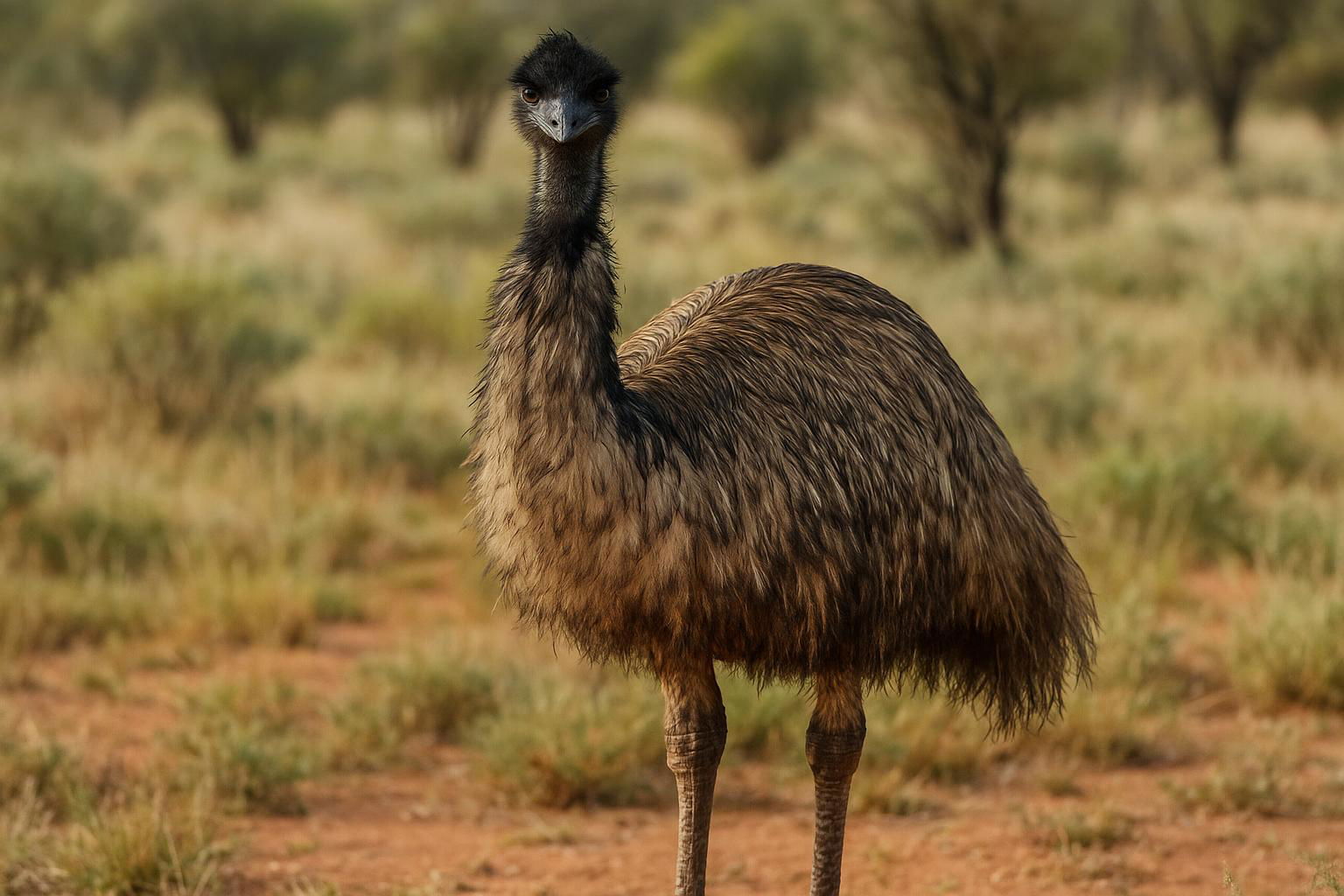
Emu
Dromaius novaehollandiae
The Emu (Dromaius novaehollandiae) is a large, flightless bird native to Australia, recognized as the second-largest bird in the world by height, after the ostrich. Standing up to 1.9 meters (6 feet) tall and weighing between 30 to 45 kilograms (66 to 99 pounds), emus are built for endurance rather than speed. They have long necks and legs, which allow them to take strides up to 2.7 meters (9 feet) and reach sprinting speeds of about 50 km/h (31 mph). Emus possess small, largely non-functional wings, a trait that is compensated by their well-developed leg muscles and strong feet enabling walking long distances in search of food.
Their plumage is a soft brown with a shaggy appearance, helping them blend into the dry landscapes of scrublands and open savannahs. Preferring warm climates, they are adaptable to a variety of environments, ranging from coastal regions to arid interior deserts. Emus are omnivorous, feeding on a diverse diet that includes seeds, fruits, insects, and small animals. They play an important ecological role in seed dispersal, contributing to the health of their habitat.
Notably, emu fathers take on the incubation duties, with males becoming fiercely territorial during the breeding season, incubating the eggs for about eight weeks without eating or drinking. These birds are an integral part of Aboriginal culture and are featured prominently in Australian folklore and practices. Due to their curious nature and unique characteristics, emus have become a symbol of the Australian outback.

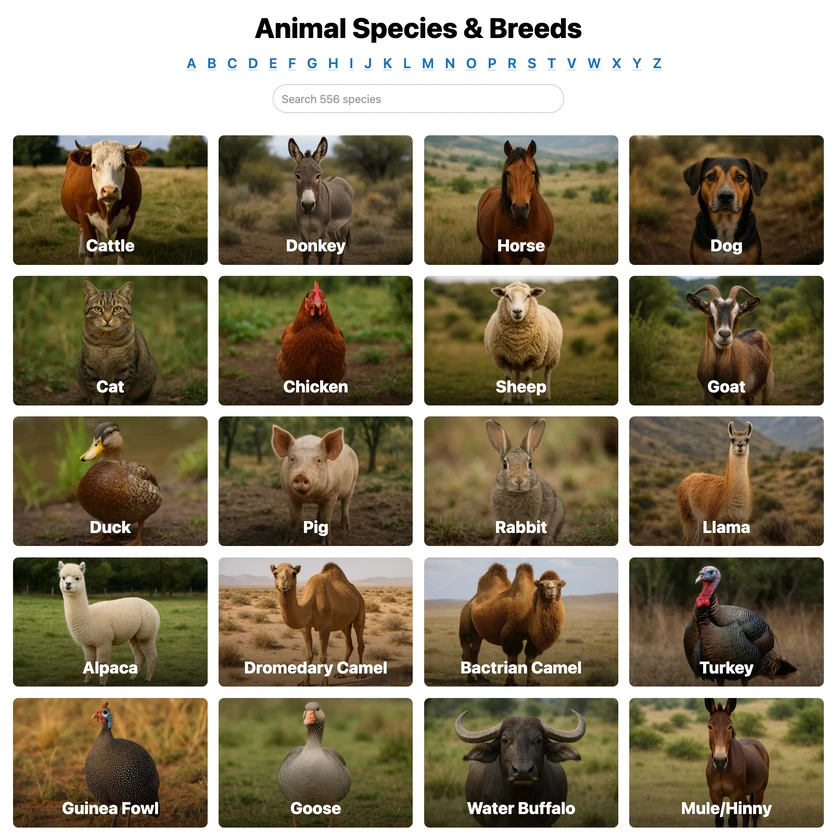 All Species & Breeds
All Species & Breeds
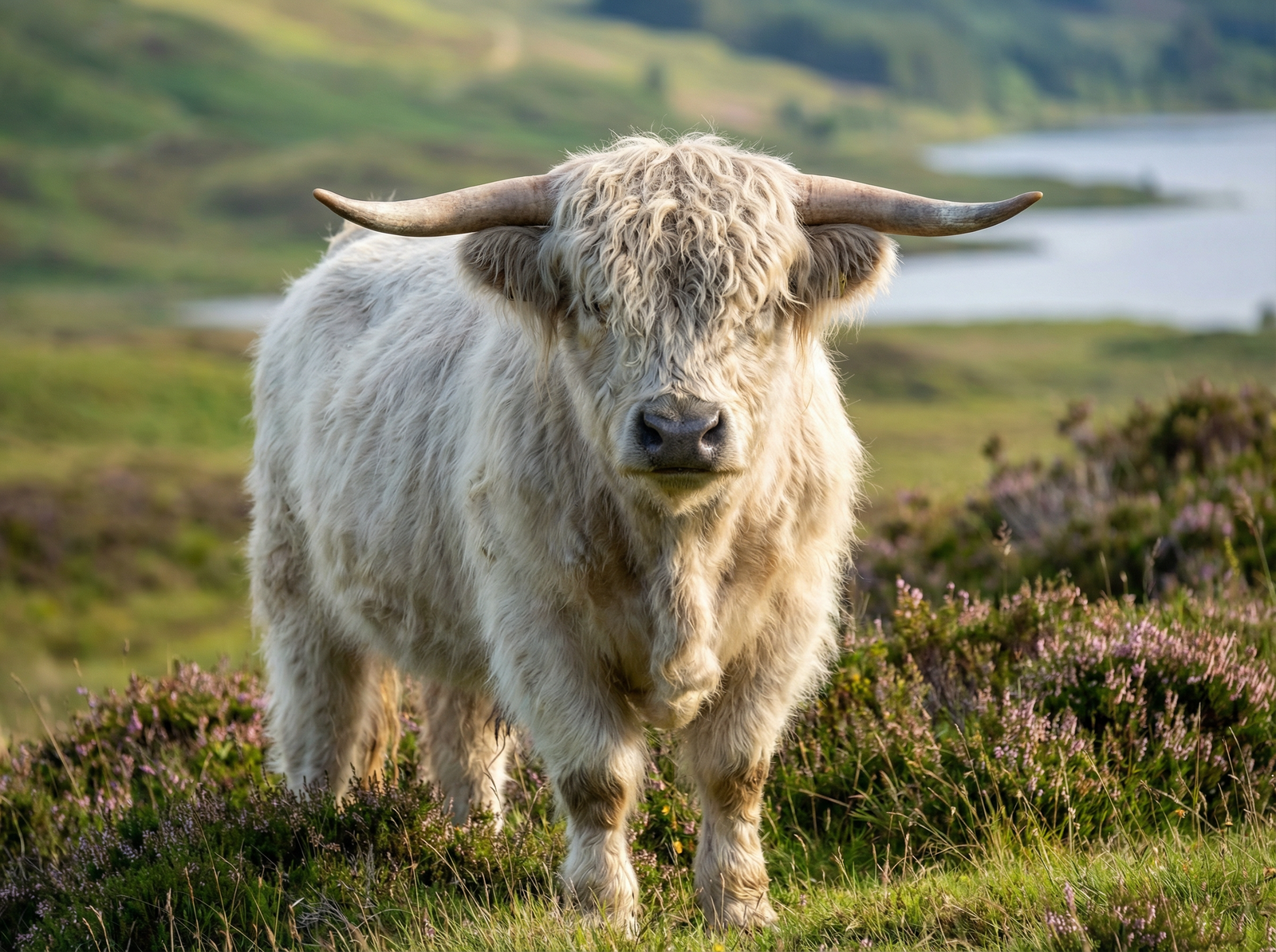 Highland Cattle
Highland Cattle
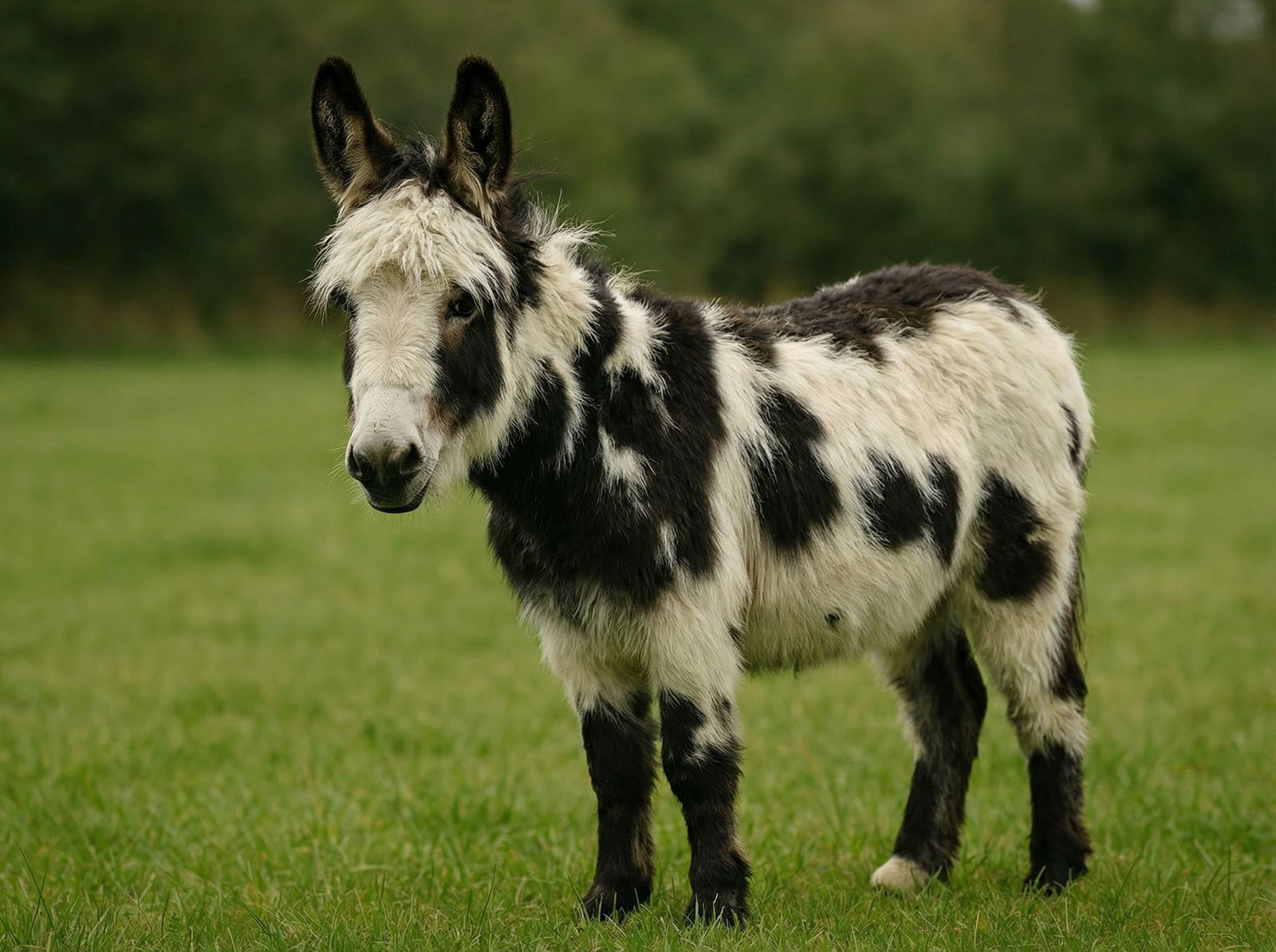 Miniature Donkeys
Miniature Donkeys
 All Species Directory
All Species Directory
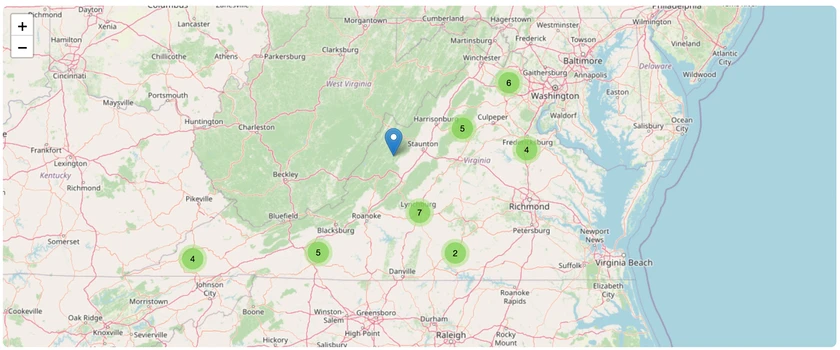 Highland Cattle in Virginia
Highland Cattle in Virginia
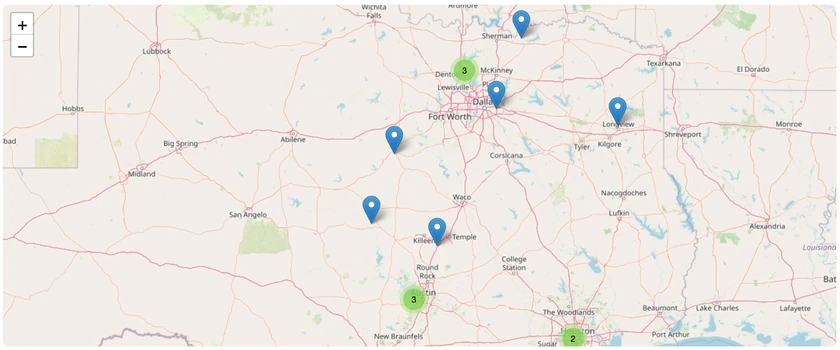 Miniature Donkeys in Texas
Miniature Donkeys in Texas
